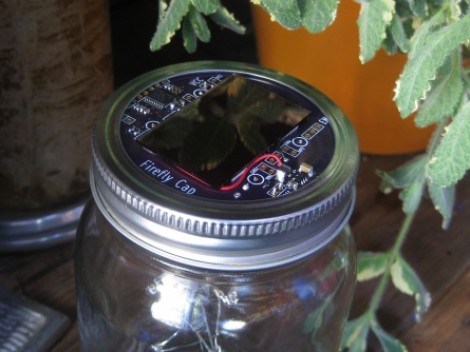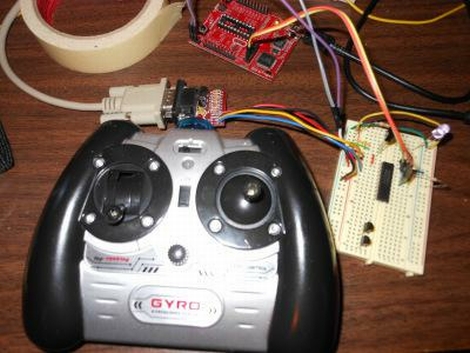
[Michael Ossman] wrote in to show off his newest project. He calls it the Firefly cap, which we think is something of a play on words. You can see that it serves as the cap of a Mason jar, but it also uses a supercap instead of a rechargeable battery.
Posts about firelfly jars go way back. And [Michael] mentions that a similar firefly project was his first embedded project. The concept uses LEDs suspended in a jar. When a light detector senses the target level of darkness, the lights inside begin to twinkle like their insect namesakes.
We like this design for two reasons. It’s aimed at collecting light in an indoor environment so you don’t have to worry about placing it in the sun. And it uses a super capacitor instead of a battery so this should truly keep going and going without wearing out the energy storage components. We also like the fact that although this is a Kickstarter project, everything you need to build your own is already available at the Github repository.










Recent Comments